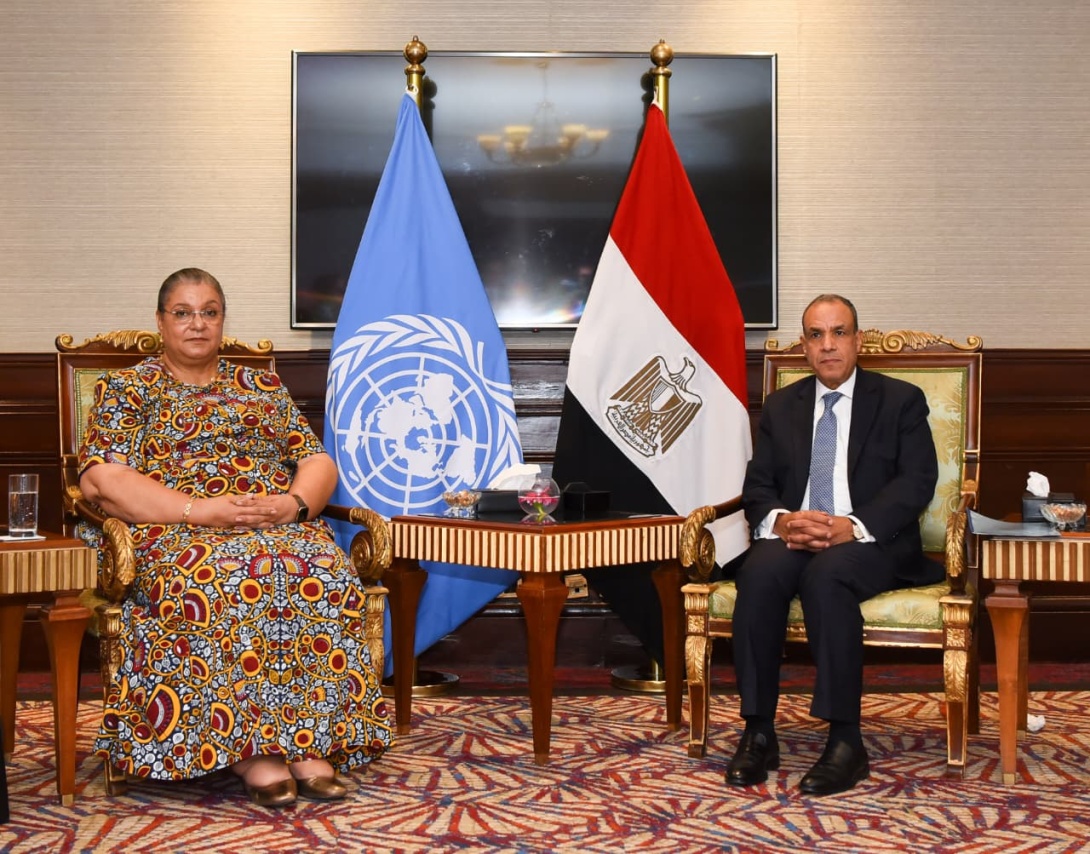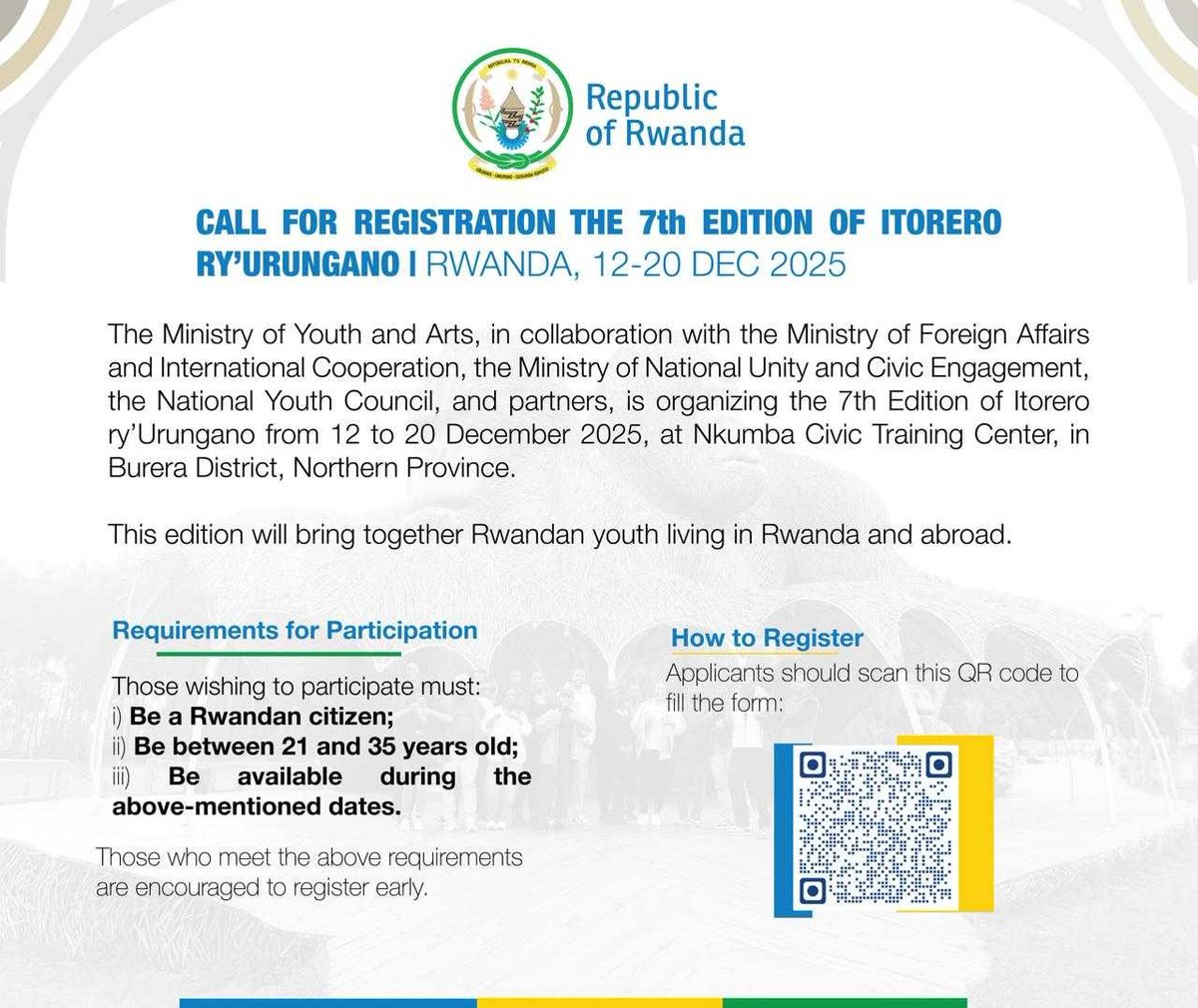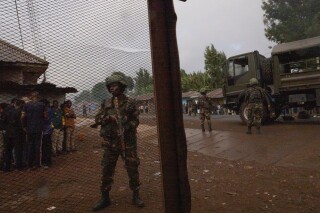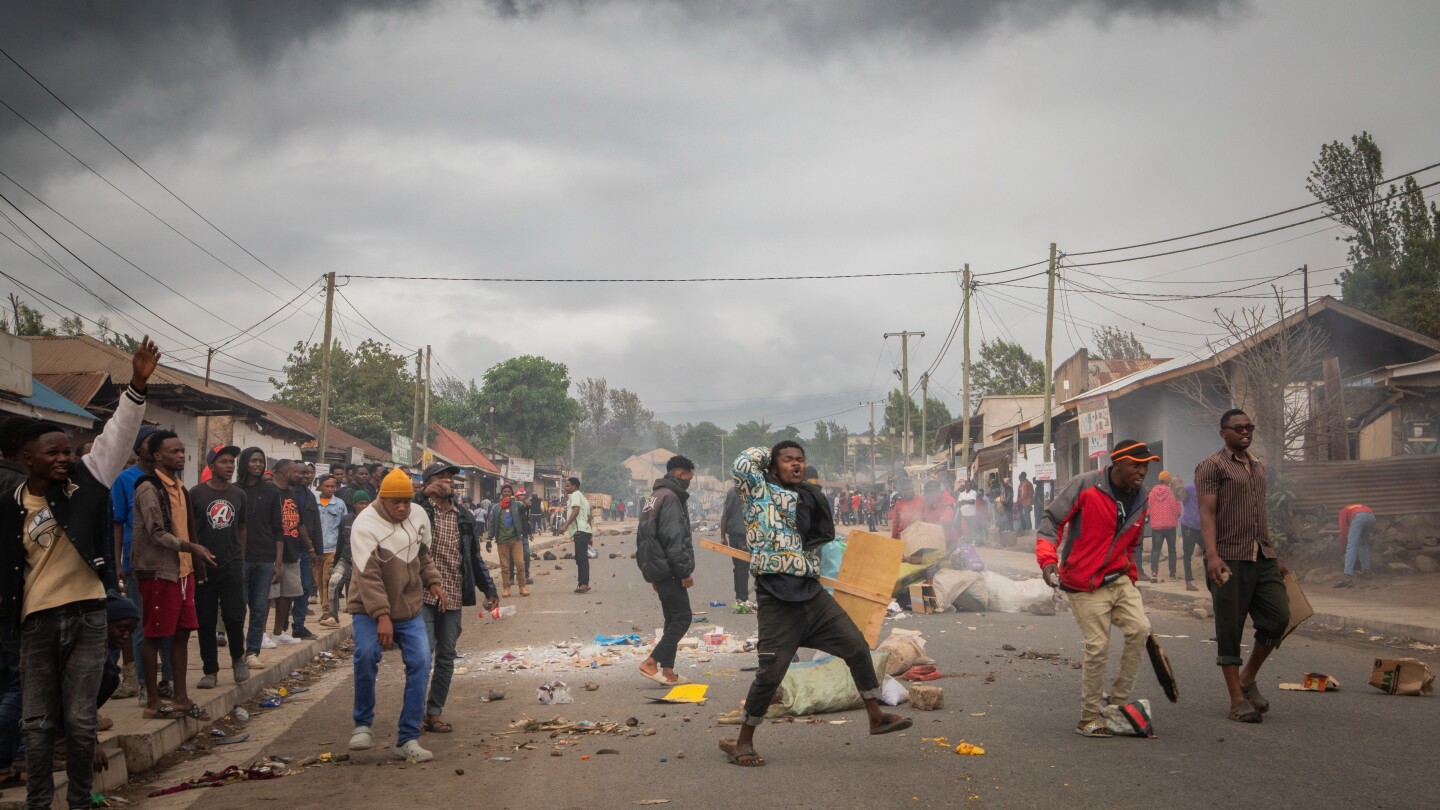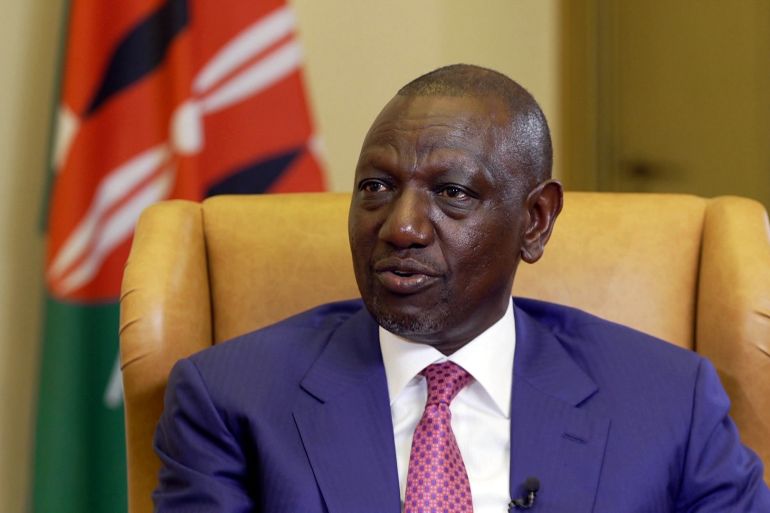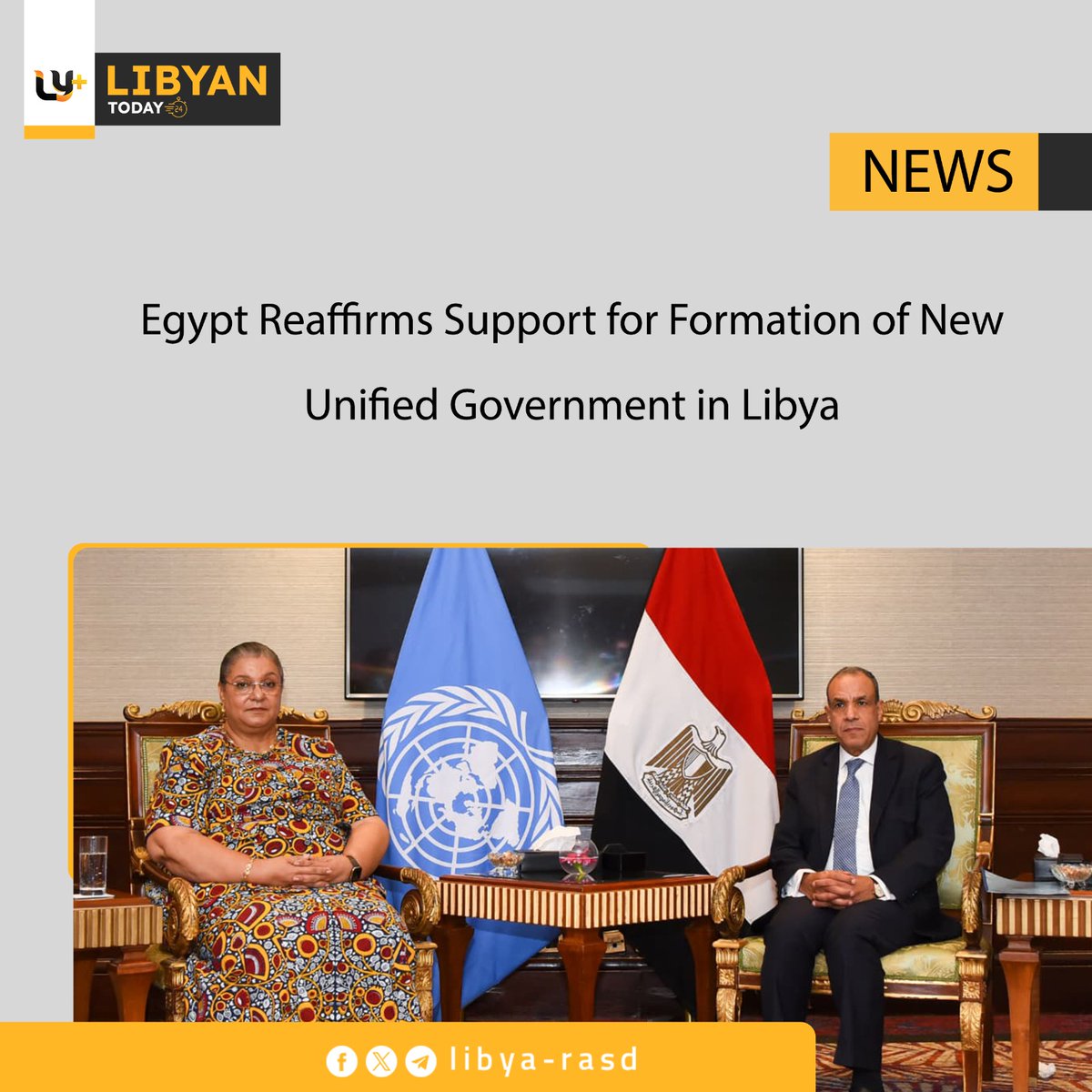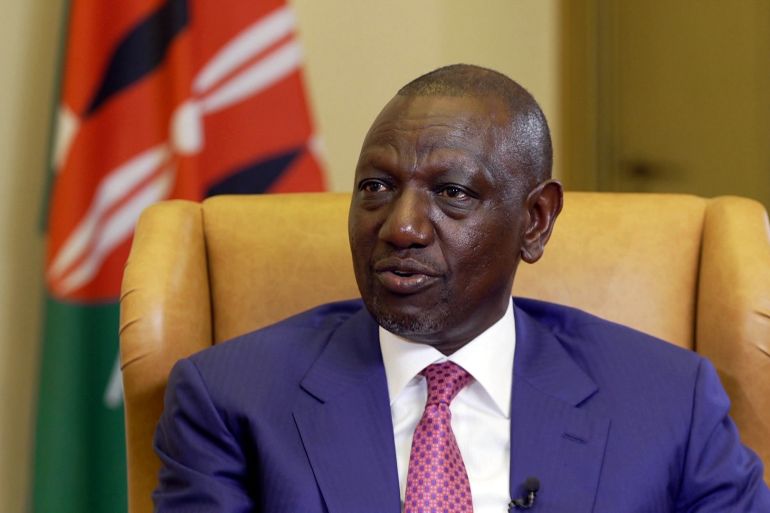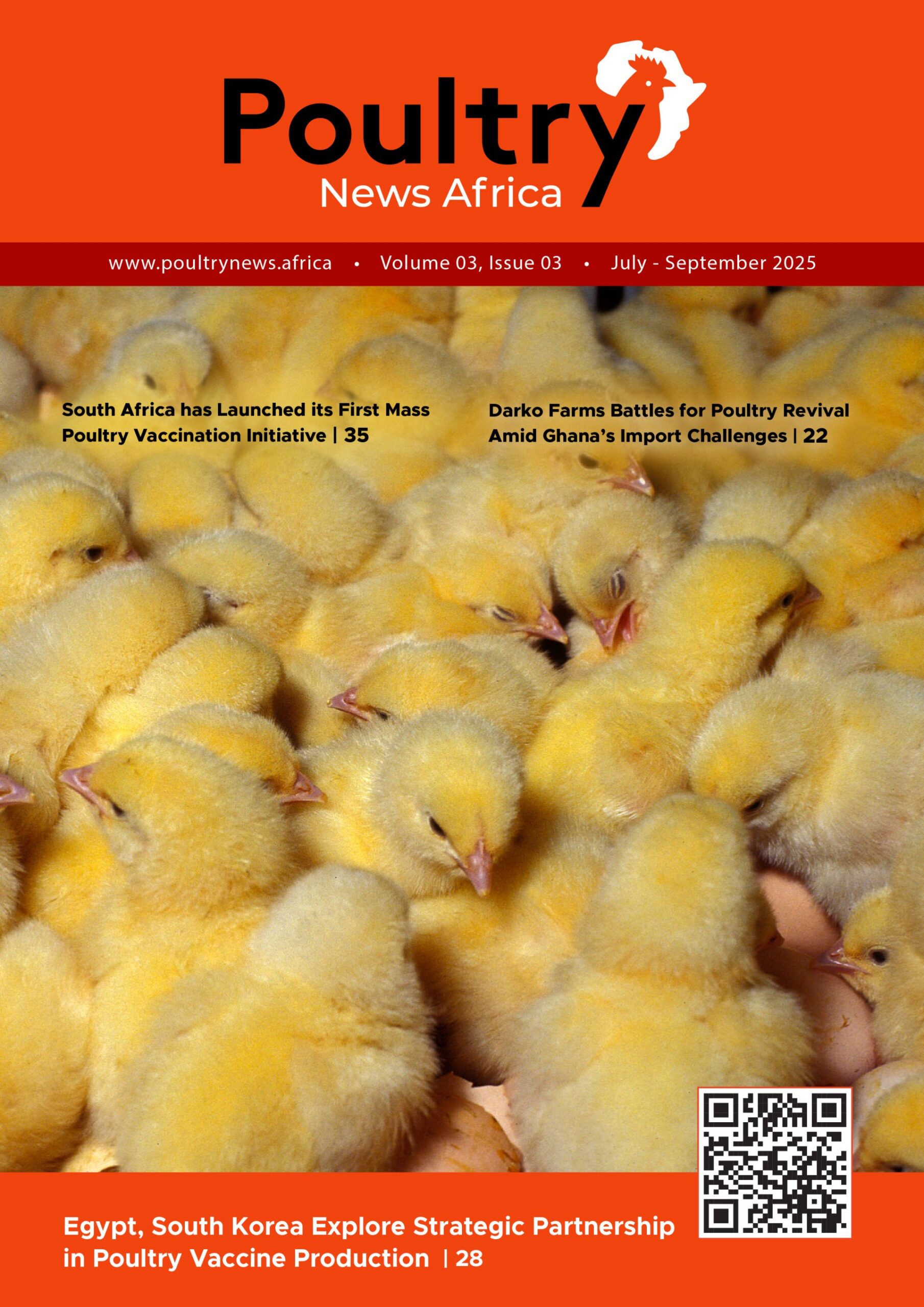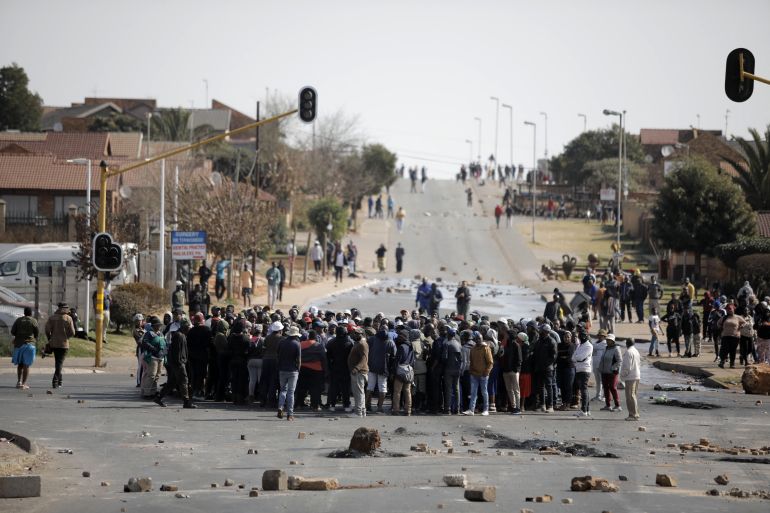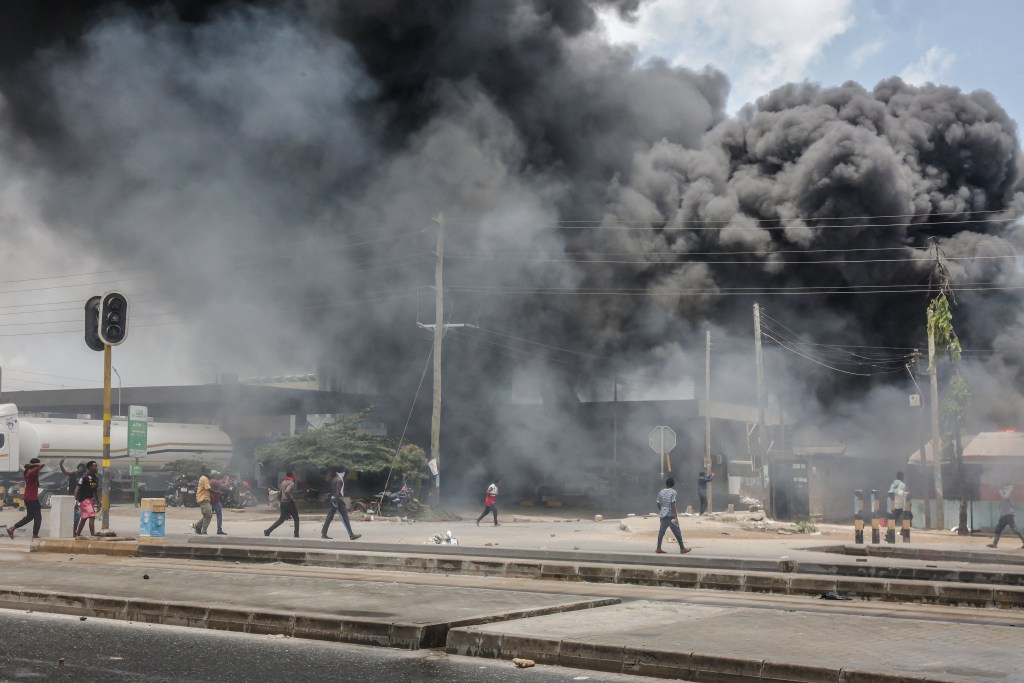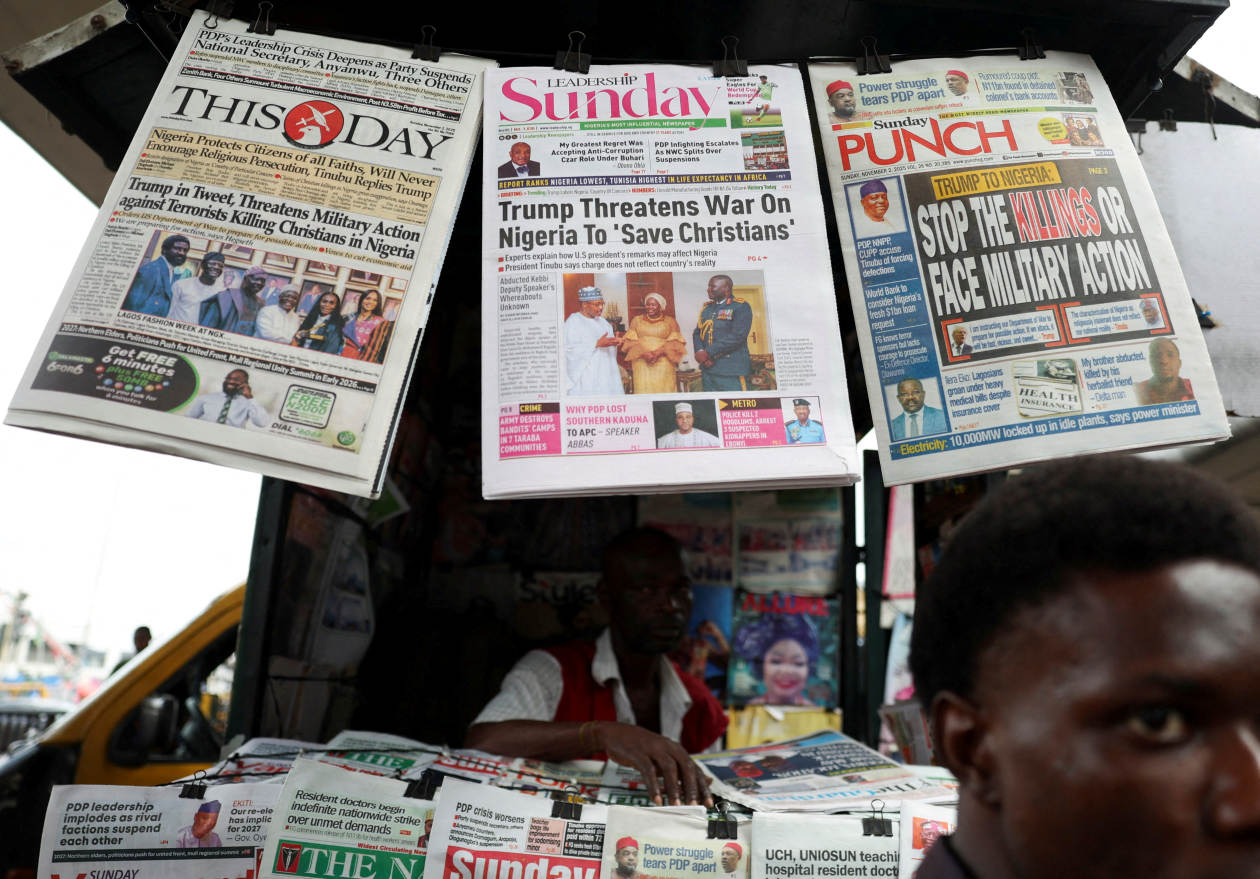
Sudan’s Intertwined Crises: A Deadly Exodus and Shifting Sands of Regional Security
As Sudan’s instability drags on, we’re seeing a heartbreaking human cost: countless displaced Sudanese migrants facing deadly risks in their desperate attempts to cross the Mediterranean Sea. This isn’t just a humanitarian tragedy, it’s also fueling a dangerous shift in the geopolitical landscape, as the tri-border area of Sudan, Libya, and Egypt becomes a flashpoint for security concerns that stretch far beyond North Africa. Just this month, the International Organization for Migration reported a rubber boat capsizing off the Libyan coast, with at least 42 people presumed dead. Most were Sudanese, fleeing a country ravaged by war for over two years, a tragic incident reported by The New York Times. This surge in Sudanese risking the perilous Mediterranean journey in 2025 is alarming, especially when we consider that over 33,000 people have died attempting to reach Europe via this route in the last eleven years, according to the Missing Migrants Project. It’s a stark reminder of the immense dangers these individuals face simply seeking safety and a better life, highlighting the urgent need for comprehensive humanitarian solutions. The situation in Sudan’s escalating conflict and broader regional security concerns demand our immediate attention.
But this human tragedy is deeply rooted in complex regional politics and security dynamics. Sudan’s ongoing conflict doesn’t just force people to flee; it transforms the wider Sudan-Libya-Egypt border region into a critical hub for regional instability. This triangle now hosts high-capacity smuggling routes, offering hostile actors reliable alternatives to traditional paths for illicit arms, goods, and potentially militants. It’s a complex security challenge, to say the least. While leaders like Libya’s Abdulhamid al-Dbeibah and Sudan’s Gen. Abdel Fattah Al-Burhan are meeting to address these transnational threats, porous borders and fragmented governance in these nations complicate any real stabilization efforts. What does this mean for countries outside the immediate region? For Israel, located to the northeast, this security triangle spells a significant security crisis. The enhanced smuggling networks and unpredictable armed groups pose direct risks that could destabilize Israel’s southern borders and impact critical Mediterranean maritime routes vital for trade and security. This isn’t just an African problem, it’s a global one. The challenges for Libya’s ongoing challenges contribute significantly to this intricate web of issues.
So, what does the future hold for this turbulent corridor between Africa, the Middle East, and Europe? There are no easy answers, but addressing the migrant crisis requires urgent humanitarian responses and international cooperation. We need to offer safe pathways and relief for displaced populations, a crucial step in preventing further loss of life as seen in recent tragedies. On the security front, intensified diplomatic engagement among North African nations, with support from European partners and other regional stakeholders, is vital. We must dismantle these dangerous smuggling networks and stabilize border areas to prevent further escalation. As 2025 unfolds, the intertwined fates of migrants fleeing conflict, local governance struggles, and broader geopolitical rivalries will undoubtedly shape the Mediterranean’s strategic landscape. How governments, humanitarian organizations, and international powers choose to respond will define the story of this crucial region in the months and years to come.


